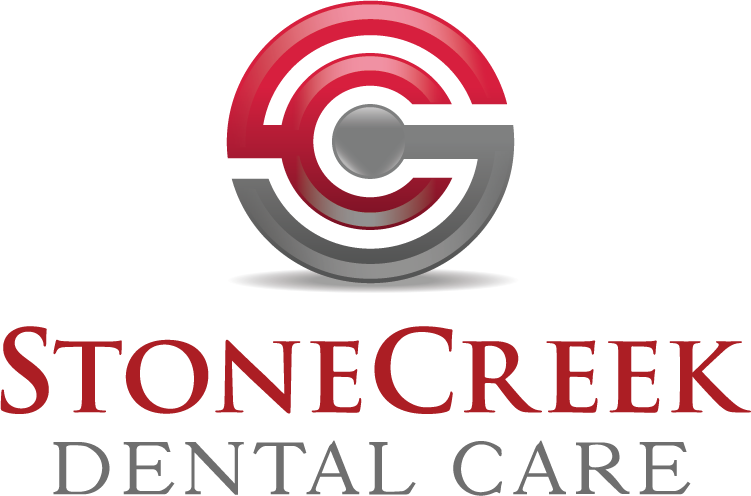Does the thought of going to the dentist
make you nervous, or even downright terrified? If so, you’re not alone.
It is estimated that about 15 percent of the U.S. population avoids
going to the dentist because they are fearful. Whether you have had a
negative experience in the past, are embarrassed to talk openly about
your dental issues or just don’t like the thought of having work done on
your mouth, the good news is that there is a safe and effective way to
extinguish your fears – sedation dentistry.
Sedation dentistry is a practice in which dentists employ
anxiety-reducing methods to ease patients’ apprehension about their
dental visit. Sedation dentistry is an increasingly common practice that
is effective in making patients feel more relaxed and comfortable
during their appointment. There are several kinds of sedation dentistry:
nitrous oxide sedation, oral sedation, intravenous (IV) sedation and
deep sedation/general anesthesia.
Nitrous Oxide Sedation
Nitrous oxide sedation, commonly referred to as “laughing gas,” is a
method in which a dentist places a mask over the nose that provides a
combination of oxygen and nitrous oxide to help a patient relax. With
nitrous oxide sedation, the dentist has complete control over the amount
of gas administered, and can quickly increase or decrease the amount at
any time. This method is very short-acting, so the effects wear off
almost immediately. Because the effects do not last long, the patient
can drive after the appointment and resume normal activities.
Oral Sedation
Oral sedation is a very popular form of sedation dentistry. With oral
sedation, a dentist provides the patient with medication (usually a
benzodiazepine, such as Valium) that calms nerves and decreases fear.
Typically, patients take the medication before the appointment time, or
at the office. The medication relaxes the patient and may cause
drowsiness, but does not put him or her “to sleep.” A higher dose may be
given to patients with greater anxiety. Because of drowsiness, a friend
or relative would need to accompany the patient for the appointment,
and escort them home after the appointment.
IV Sedation
With IV sedation, a sedative medication is administered directly into
the bloodstream. This method works more quickly than oral sedation, but
is similar in that patients remain awake during the procedure. Although
patients do not lose consciousness, they may feel as though they slept
through the entire visit. Because of drowsiness, a friend or relative
would need to accompany the patient for the appointment, and escort them
home after the appointment.
Deep Sedation/General Anesthesia
Deep sedation, typically reserved for major surgery, involves giving a
patient sedative medication intravenously. Under deep sedation and
general anesthesia, patients are unconscious and cannot respond to
verbal cues. A patient will likely have no recollection of the procedure
when it is finished. This type of sedation is given only by trained
oral surgeons in a highly-controlled environment where vital signs and
breathing can be monitored.
Although it is a safe procedure, sedation does involve some risk.
Patients must discuss their medical history with their dentist, as well
as share any medications they are currently taking. Some medical
conditions can affect sedations, so a thorough pre-operative screening
and exam should be conducted.
There are many benefits to sedation dentistry. It not only eases the
mind during a dental appointment, but it also saves time. Because
patients are more relaxed, the dentist can do more work in one visit,
resulting in fewer dental visits overall. Keep in mind that the dentist
will still administer a local anesthetic to the mouth during sedation to
block pain from the affected area, further decreasing any discomfort.
If you’ve been avoiding the dentist because of apprehension, call or
stop by one of our StoneCreek offices today. Our team will be happy to
explain further how sedation dentistry works, discuss your dental
concerns and help determine the best option for you to ensure your
dental experience is as comfortable as possible!

